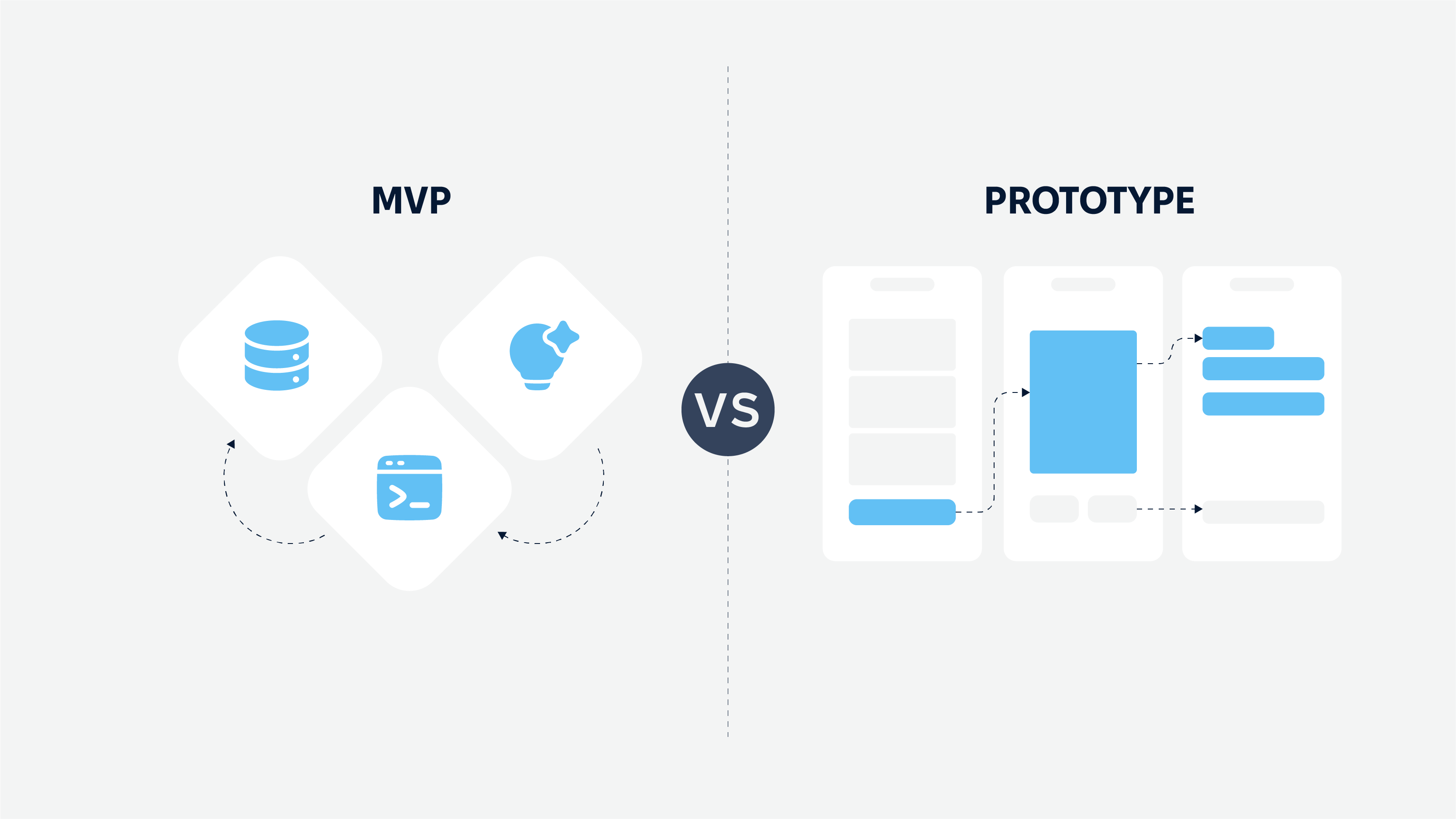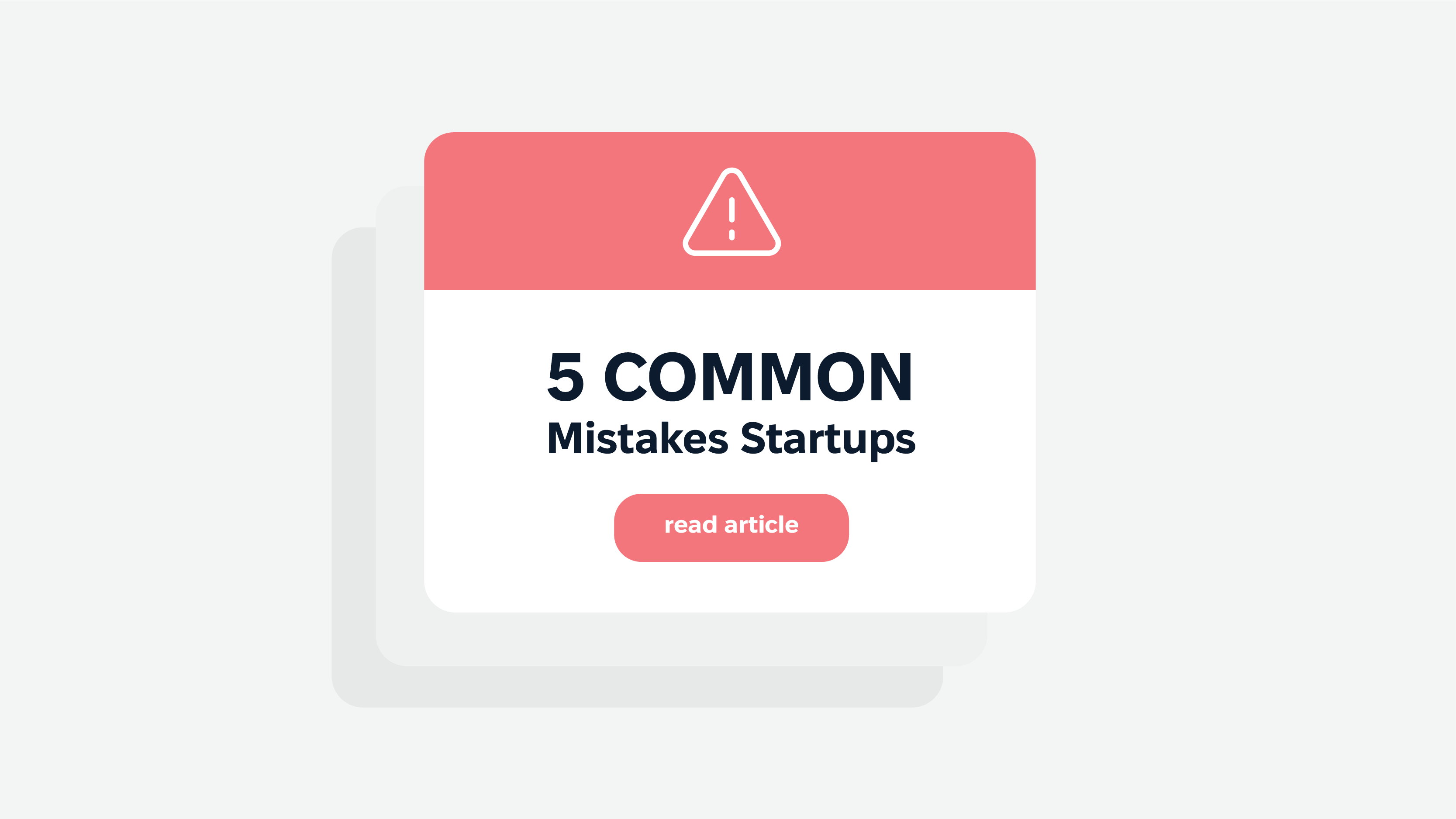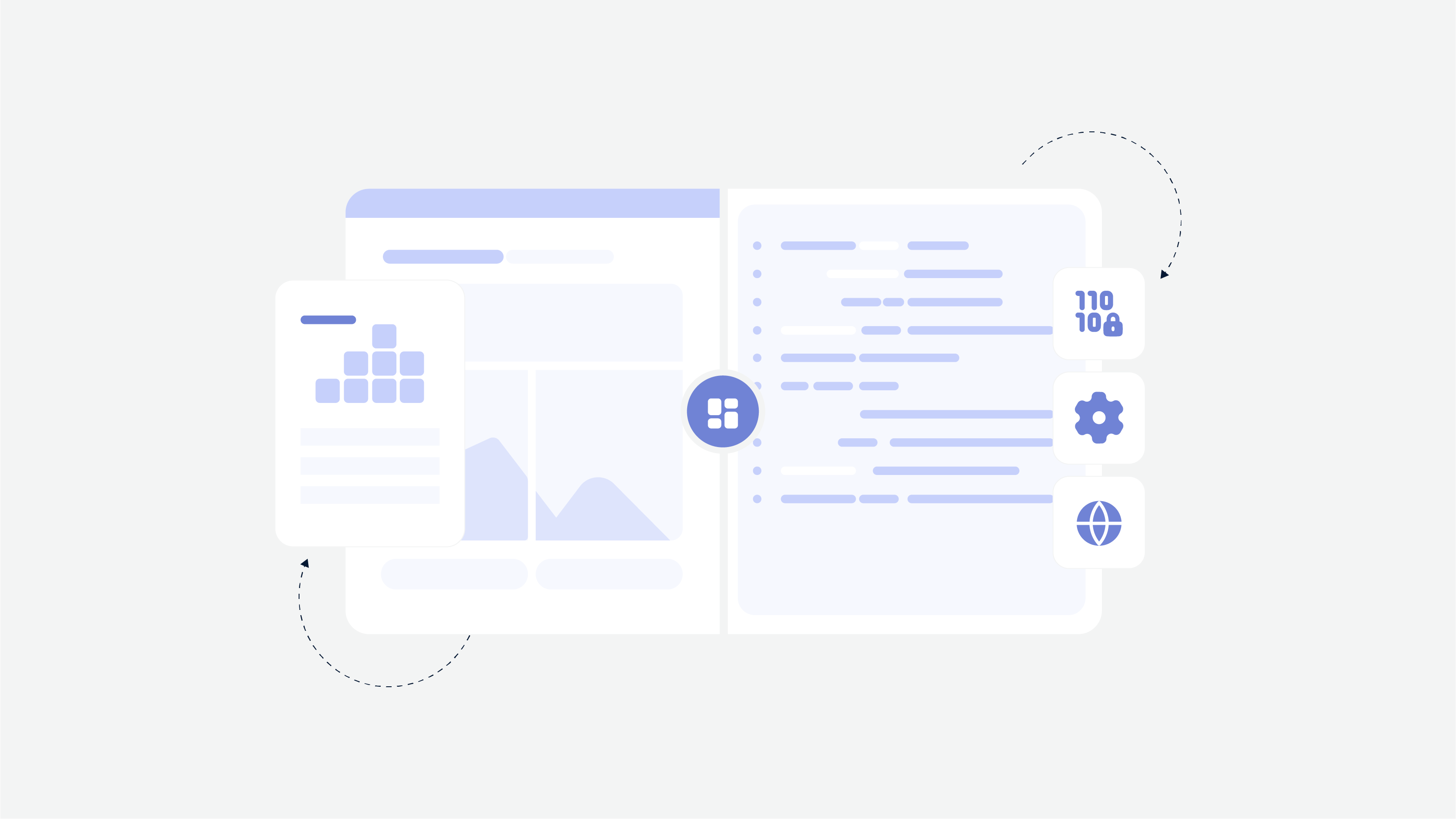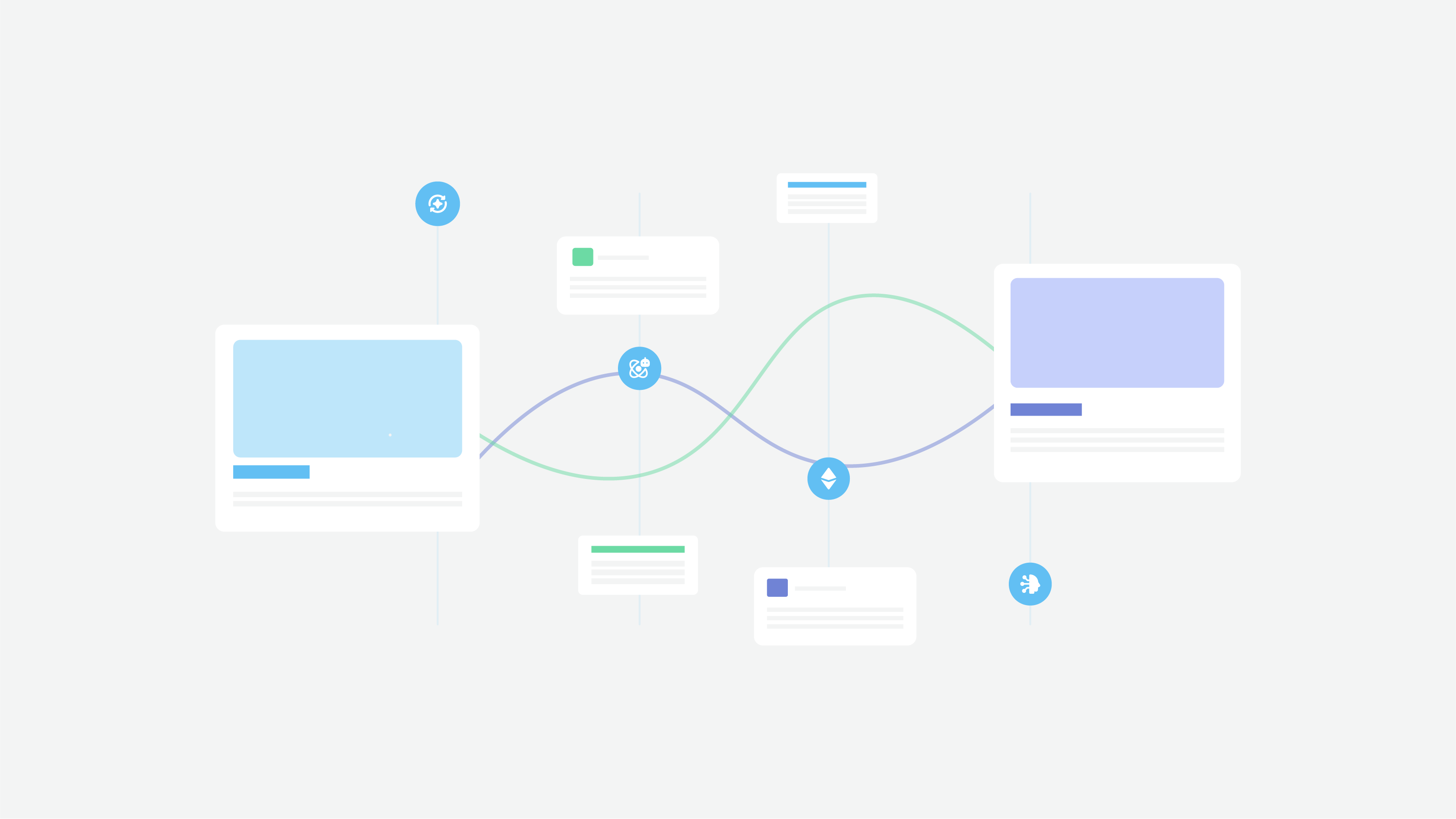Today cloud-based services are top-rated, and this popularity will only increase. According to the annual State of the Cloud Report 2019 from Flexera, 94% of enterprises use cloud services. It is very convenient when you don’t even need to install software, and you simply use it in a browser.
As a result, the demand for cloud computing apps is growing, and cloud-based app development may become a good idea for your startup and new project. The process is complicated, and you need to know all the pitfalls and particularities of cloud services. That is what our article is about.
What Is A Cloud Application?
Cloud applications are apps that work in a cloud environment. They are combinations of common web apps and desktop apps that include the benefits of such apps, but the majority of drawbacks is eliminated. Cloud apps may function offline, provide users with a good interface, and instant request feedback.
The same as web apps, users don’t need to install cloud apps on their devices. Updates can be done at any time by updating the current version on the web server. The data that is processed by cloud apps is also stored in a cloud. Cloud-based applications don’t consume a large amount of capacity and memory on a user’s device.
Why Cloud-Based App Is So Popular
Any user that has a PC, tablet or smartphone, and Internet connection, can get access to the cloud app and start using it immediately. Although data is stored and processed on a cloud, the user interface is working on a local device. Users have an opportunity to cache data locally and it makes it possible for them to ensure the autonomous work process.
Unlike web apps, some cloud apps can be used in offline mode when the Internet connection is weak or it is non-available. Google Docs is a good example. However, not all cloud-based applications have the same capability.
Types Of Cloud Services

Application development on the cloud requires an understanding of cloud services and their types. Hence, it is essential to know more about each cloud application type.
SaaS (Software-as-a-Service). This model is the most widespread. The provider creates software and services, stores it on a cloud, and offers end consumers to use the service on their mobile device or PC. Consumer pays subscription fees or uses it free of charge; the provider is responsible for updates and technical support. SaaS may be completely different, and they serve as a CRM system (Salesforce) or file hosting service (Dropbox).
This article may be interesting for you: SaaS Meaning and Examples
PaaS (Platform-as-a-Service). The cloud provider makes it possible for consumers to get access to operating systems, development and testing environments, database management systems. The provider offers specific platforms and tools for their management. Google App Engine, Force.com, OpenShift, Apache Stratos are examples of PaaS.
IaaS (Infrastructure-as-a-Service). Using this model, consumers get information and technological resources like virtual servers with a specific computing capacity and memory size. The provider installs software for the creation of virtual machines, but they are not involved in the installation and support of users’ software. That is, IaaS can be used for SaaS development. AWS, Microsoft Azure, Google Computer Engine are examples of IaaS.
SaaS is considered to be the most convenient and transparent cloud model. It can be a more efficient method to use a ready-made SaaS solution that meets specific needs. But if there are no ready-made solutions, PaaS and IaaS become indispensable. So cloud application development depends on the niche you want to occupy.
This article may be interesting for you: How to Build a SaaS Product
Benefits And Challenges Of Cloud-Based Applications
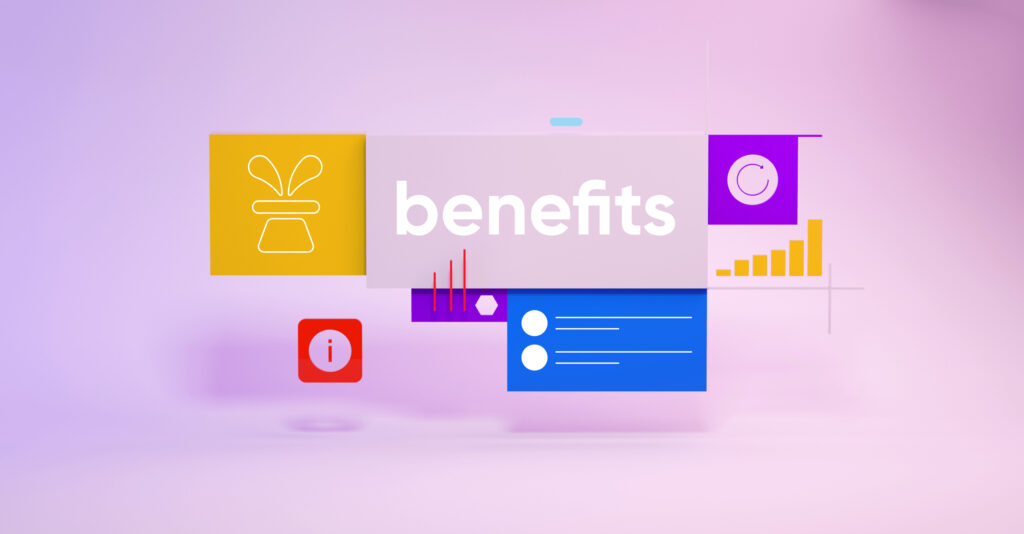
As Gartner notes, the global public cloud service market is expected to reach $266 billion in 2020. It means that the popularity of cloud services is not going to fall behind. However, these applications have their cons as well.
As for the benefits, we can single out the following pros of cloud-based apps:
Expenses for hardware are not required. Companies pay only for infrastructure, they don’t need to buy additional hardware, so they may start growing faster.
Scalability. The cloud environment allows you to get almost unlimited storage capacity. So it is always possible to scale up your software if there are needs for upgrades.
Cost efficiency. Cloud-based application development is a cheaper option in comparison to traditional desktop software. Besides, desktop software may require additional license fees, so the total development cost grows.
Data backup and recovery. All data on cloud servers can be backed up within a specific period (every 10 minutes, for example). If any disaster happens, the data loss consequences will be minimized.
Easy access. If there is an Internet connection, users can access a cloud-based application from anywhere using their device. In case your software supports offline mode, then the access is always granted.
Quick deployment. It is possible to make the entire system fully functional within a few minutes. So the speed of deployment is very high when cloud-based apps are used.
However, there are some challenges that you should consider during cloud computing application development:
Limited user experience. Depending on the Internet connection quality, user experience can be limited, if the connection is too slow.
Technical failures. In case there are any technical failures, and there is an Internet drop on the provider’s side, access to any information will be impossible. Although such incidents are unlikely to happen since service providers use reliable and high-performance equipment.
Security. When you are planning to arrange cloud-based software development, you should remember that you give your sensitive and essential information to a third-party provider. It means that you should use proper security methods and choose a reliable cloud service provider. However, we will help you learn more about this process.
This article may be interesting for you: GDRP Compliance Checklist
How To Build A Cloud-Based Application
It doesn’t matter whether you need to know how to build a cloud-based SaaS application or create PaaS software — steps will not be so different. Anyway, you need to know in detail what steps it is required to take.
Know Your Competitors: It Is A Research Time
You should never forget that competition is a rude yet effective motivation. So it is highly recommended to analyze the market, study existing competitors, how their apps benefit, and what they lack.
You may create app development business plan that will include all the features your app must contain (you can divide them into must-have and could-have ones). Besides, the plan will describe your expectations and bottlenecks/difficulties you may come across.
So think about the value your new cloud service may bring for potential consumers, and why it becomes a troubleshooter for them.
Choose Your Type Of Cloud-Based Application
Determine what type of cloud-based apps are necessary in your specific case, and which of them you consider the most appropriate ones. Detailed market research will help you make the right decision. Even though SaaS solutions are used more frequently, IaaS or PaaS solutions can also be very useful.
Get Acquainted With Platforms Typically Used For Cloud App Development
There are a plethora of programming tools and technologies that are used by the software development team for the building of the cloud-based app. And the usage of special platforms for cloud app building is a crucial step. You don’t need to understand how each platform works, but if you have an idea of them, it will help you understand the development process better.
You will find below the primary platforms for cloud apps.
Microsoft Azure. One of the best cloud application development platform. A cloud platform created by Microsoft in 2010. It enables developers to create SaaS applications and store all essential data. Azure implements such cloud models as PaaS and IaaS.
This article may be interesting for you: SaaS Platform Development
AWS. Amazon Web Services needs no introduction, we think. In short, it is a cloud platform that has wide capabilities and provides users with more than 175 fully functional services for data centers. It was created in 2006, and it is continuously improving.
Google Cloud Platform. It is a large AWS competitor that may also be used successfully for cloud-based development. It is a PaaS that includes cloud computing services, API services, NoSQL database service, virtual machines, etc.
This article may be interesting for you: What is a Development Platform
Build Your Monetization Strategy
Depending on the type of cloud-based app, you need to choose a revenue model that will help your startup gain a profit. We recommend you to start with some discounts and attractive offers to draw new users and increase their loyalty.
SaaS applications often work on a freemium model. That is, it is available for free, but the number of features is limited. If consumers need more capabilities of your software, they may pay for a premium version or subscription fee. Then, they get advanced features and make use of your cloud-based app fully.
IaaS or PaaS applications can be monetized, providing multiple tariff plans with a subscription method. Use a well-built strategy that includes a “cheaper by the dozen” model: one-year subscription will be much cheaper than a monthly subscription. Besides, discounts and bonuses for loyal customers should be an integral part.
Finally, advertising is a proven and effective way to multiply your revenue. When users want to remove ads, they can pay for an ad-free premium version.
Tech Stack: Learn More About The Building Material For Your Cloud App
A crucial part of the cloud-based app development process that includes the collection of tools which will make your app reliable and fully functional. It is the responsibility of the software development team at Cadabra Studio, but you should also know about possible technologies that may be integrated into your cloud solution.
The front-end part may be created using HTML5 and JavaScript frameworks like jQuery, Vue, React (for cloud-based web development), jQuery Mobile, Sencha Touch (for cloud mobile application development).
Cloud mobile app development also requires programming languages like Java/Kotlin for Android and Swift for iOS. For cross-platform app development, we can use React Native.
The back-end part can be created using Ruby and Ruby on Rails framework, Python, Node.js.
Databases for data storage are must-have, so the development team at Cadabra Studio may use MySQL, Oracle, Microsoft SQL Server, PostgreSQL.
Servers for cloud apps may be Nginx or Apache. It will depend on the customer’s requirements and platform the cloud-based app is created on.
The tech stack is approximate, and it would be rash of us to claim that we will use this list of tools only. Our development team will listen to your requirements, and then we will choose the best-fitting technology stack.
Hire A Development Team
Your final step is to contact Cadabra Studio and discuss all nuances of your project. Cloud-based app development is a complicated and time-consuming process, so we will need to work out each minor detail. Besides, user interface and user experience design should be adequately built and be crowd-pleasing.
Besides, the development time depends on the number of features your cloud solution will contain. Perhaps, an MVP version will be a preferable option for a start. Learn more about MVP’s importance and why you should start with it.
The main task of the Cadabra Studio team is to provide clients with the first-rate cloud application development services, UI/UX design, and consider the needs of each project. Thus, a dependable development and UX/UI design company will be your bridge to the eye-catching cloud-based app.
Final Tips
Additionally, two vital issues that must be taken into consideration when the development of your cloud-based application is initiated. Let’s check them out to provide you with a comprehensive picture.
First, keep in mind performance and scalability. As we noted in the list of benefits, cloud apps are easily scalable. However, your application must be prepared for it. Your future cloud app may get the increasing load, and high performance will play an essential role in customer experience.
The development team should consider it and use performance monitoring tools to control the performance level and increase it if necessary. If your app scales up, it is required to ensure a smooth interaction process, so the performance and scalability go hand in hand.
Second, security issues. It is one of the disadvantages of a cloud-based app since cloud apps are more vulnerable to hacker attacks. That is, you need to work with reliable cloud service providers. Their pricing may be higher, but it is not where you should think about saving your money.
Also, make sure your application is CCPA- or GDPR-compliant, depending on the region you create a cloud application for. Read more about CCPA and GDPR compliance checklists. Or think about HIPAA-compliance if it is a healthcare solution. Besides, remote medical care via cloud apps may be especially popular today.
Thus, your future app requires skilled hands and appropriate tools. The development of cloud-based apps is one of the niches Cadabra Studio is engaged in. We are always glad to deliver top services for the development of web and mobile apps along with striking UI/UX design. Need a team for building your project from scratch? Our business development consultants are always on duty!



